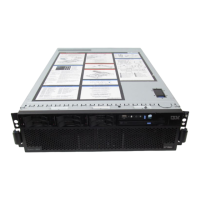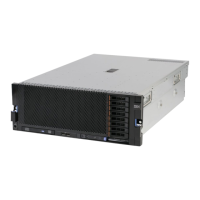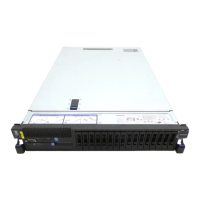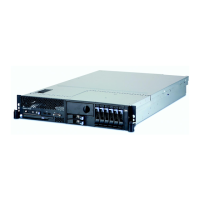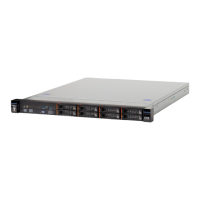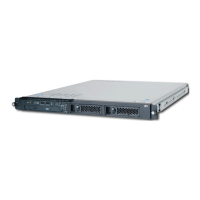Chapter 5. Diagnostics
This chapter provides basic troubleshooting information to help you solve some
common problems that might occur with the server.
If you cannot locate and correct the problem using the information in this chapter,
see Appendix A, “Getting help and technical assistance,” on page 161 for more
information.
Diagnostic tools
The following tools are available to help you diagnose and solve hardware-related
problems:
v POST beep codes, error messages, and error logs
The power-on self-test (POST) generates beep codes and messages to indicate
successful test completion or the detection of a problem. See “POST” for more
information.
v Problem isolation tables
Use these tables to help you diagnose various symptoms. See “Problem isolation
tables” on page 88.
v Light path diagnostics
Use the light path diagnostics to diagnose system errors quickly. See “Light path
diagnostics” on page 101 for more information.
v Diagnostic programs and error messages
The diagnostic programs are stored in memory on the microprocessor tray.
These programs are the primary method of testing the major components of the
server. See “Diagnostic programs, messages, and error codes” on page 110 for
more information.
POST
When you turn on the server, it performs a series of tests to check the operation of
server components and some of the options in the server. This series of tests is
called the power-on self-test, or POST.
If POST finishes without detecting any problems, a single beep sounds, and the first
screen of the operating system opens, or an application program starts.
If POST detects a problem, more than one beep might sound, or an error message
appears on the screen. See “Beep code descriptions” on page 64 and “POST error
codes” on page 72 for more information.
Notes:
1. If a power-on password is set, you must type the password and press Enter,
when prompted, before POST will continue.
2. A single problem might cause several error messages. When this occurs,
correct the cause of the first error message. The other error messages usually
will not occur the next time you run the test.
© Copyright IBM Corp. 2006 63

